
Otto Künzli once interpreted Kamata's work in this way: "Naked, the eyes of the camera have seen all the countries of this world…robbed of their black coat, they are now themselves exposed. In their colorless transparency, they appear liberated from their pictures…now the lenses are once again how we know them in front of the camera: black, deep and unfathomable. In this plain, strict form, the eye of the camera becomes an object of silent dialog, of probing observation...The camera eyes stare at us. Your eyes are the gateway to your soul. I don't want to see myself in you. However, we look into the camera eyes, that is the way they look back at us." 1 What does it mean to see the whole from the individual? In the artist Marina Abramovic's formidable work, "The Artist Is Present, 2010", she invites the audience to sit and gaze at the artist in the art gallery. In a vacuum and silent environment, two pairs of eyes staring into each other made many participants emotional, even just by gazing. Marina explained that she had turned herself into a mirror reflecting the self of the gazer, and she had never seen so much pain. Kamata liberated the camera from its original functionality and built another connection to a unique emotional state. If the existence of life is viewed as a sphere, any point on the surface of the body will lead to the core of meaning.
This exhibition is also a continuation of the context of ALIEN Art Centre's planning in "artist doing functional objects", and this time we focus on Contemporary Jewelry. Looking back on the history of design, the Arts & Crafts Movement in the second half of the 19th century led to changes in jewelry design. Under the influence of Total Art, many architects invested in jewelry design2. On the one hand, since jewelry design was relatively small in size, it was often regarded as a medium of experimental ideas to test the feasibility of spatial imagination, while exquisite contemporary jewelry works could further reflect the creator's keen and delicate aesthetic perception and its importance was no less than the large-scale sculptures collected by the museum. Contemporary jewelry creates a new relationship between people and works, making the wearer a part of the mobile artworks. It is worth noting that Kamata elevated the idea of contemporary jewelry from the attention to the wearers to the experience of spatial perception, using the refraction of light to recreate the internal environment of the work to explore the process of environment formation. A topic for discussion extended from the exhibition “Hope” will be: as a contemporary design, what makes contemporary jewelry worthy of collection? In addition to scarcity, those masterpieces that have been written into the design history possess exquisite craftsmanship, innovative material use, and the spirit of responding to the times. When it comes to the contemporary meaning of the contemporary design, design historian Daniella Ohad has noted this and believed that the relation among representation, process, material and form of the work must be further explored. As for the correlation between artistic creation and function, veteran dealer Barry Friedman said: "Those creating collectible contemporary design seek to express vision, stance, or mood without considering the functionality as a restriction. In reality, the function adds freedom rather than restricts it." 3 Although recognizable design can stimulate discussions in different aspects, the key is: excellent design always reflects the spirit of the times. For example, when entering the millennium from the Cold War period, designers worldwide responded to the fascination of the space race. 4 We hope that while supporting the experimentation and creation of the artists, we can also explore the contemporary context of developing the history of art and design and further establish a possible alternative narrative.
Notes
1. Otto Künzli, “Three Worlds,” in Yaman Shao, edited, VOICES, arnoldsche ART PUBLISHERS (2019)
2. At the end of the 19th century, architects brought the concept of space design into the development context of contemporary jewelry design, extending the perception of space to the wearer's taste representation.
Didier Haspeslagh on Collectible Jewelry, Design Miami Forum (2021)
3. What makes the design collectible? Defining a New Territory – What Makes a Design Collectible (2018)
4. The year 1999 marked a turning point that design became an item of art collection. The design masterpieces of the middle of the last century received unprecedented attention in the market through iconic museum exhibitions and visionary publications. Didier Krzentowski on Objects of Experimentation, Design Miami Forum (2021)
© Jiro Kamata
© Jiro Kamata
© Jiro Kamata
© Jiro Kamata
© Jiro Kamata
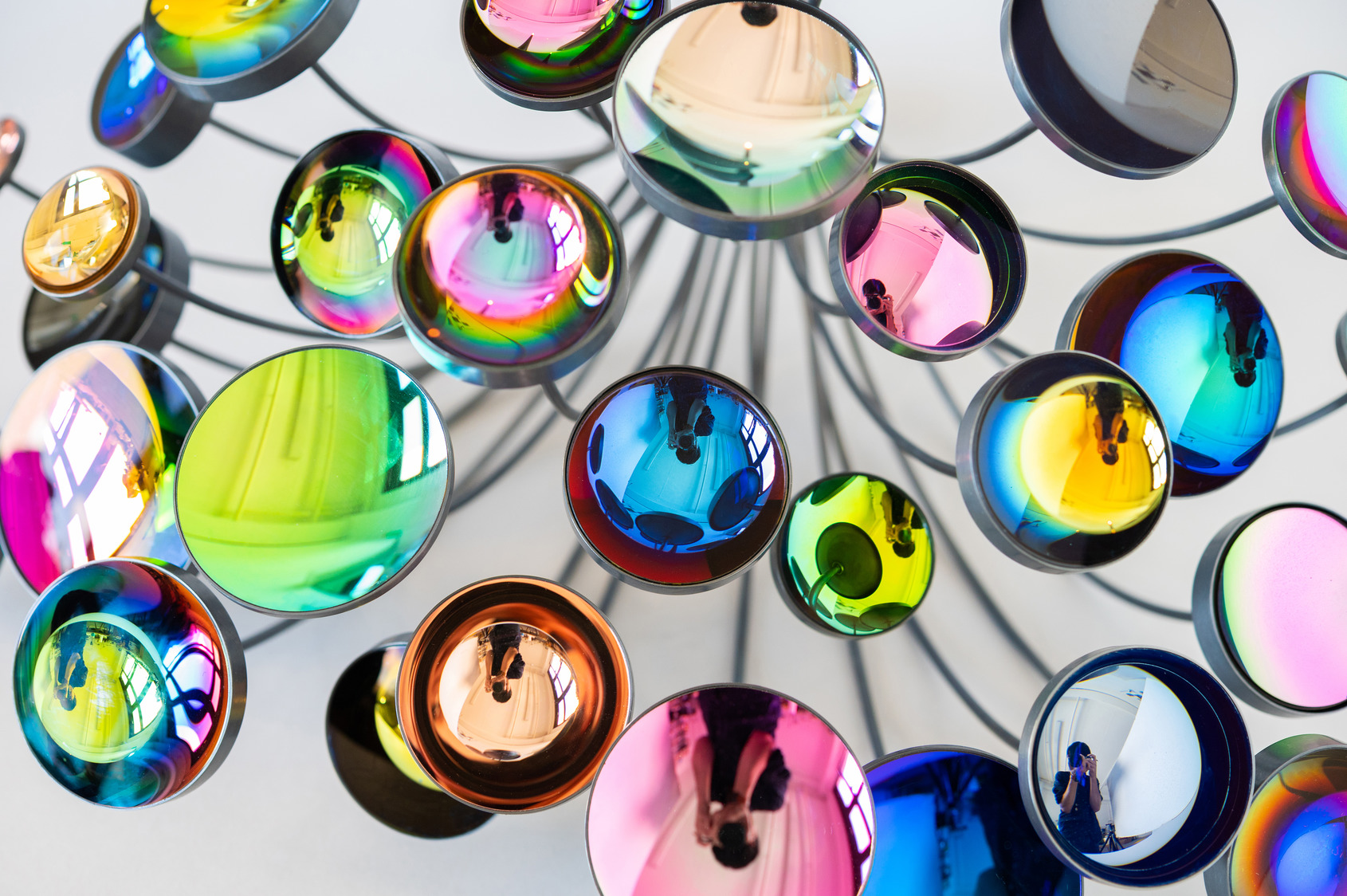
© Jiro Kamata
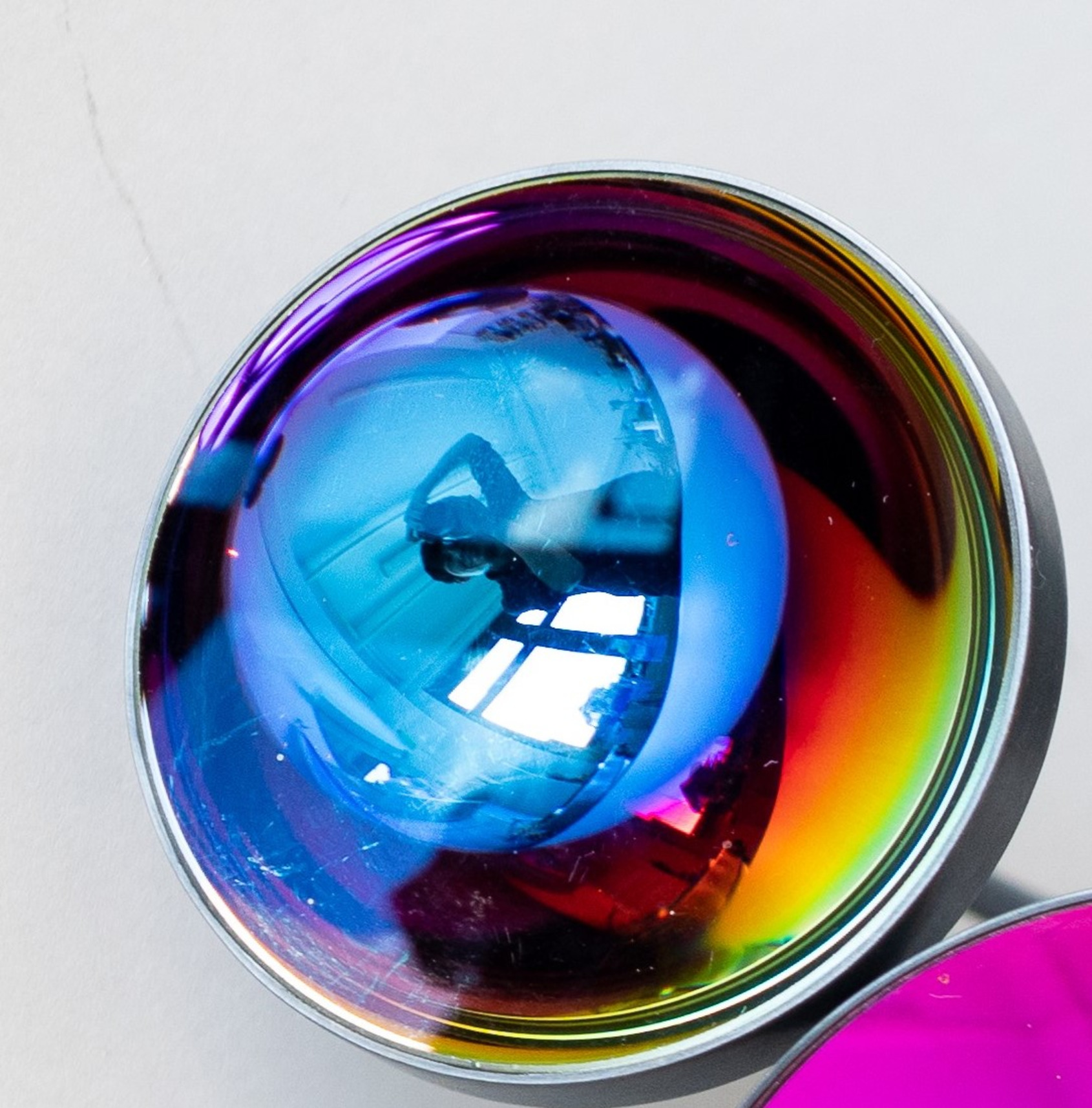
© Jiro Kamata
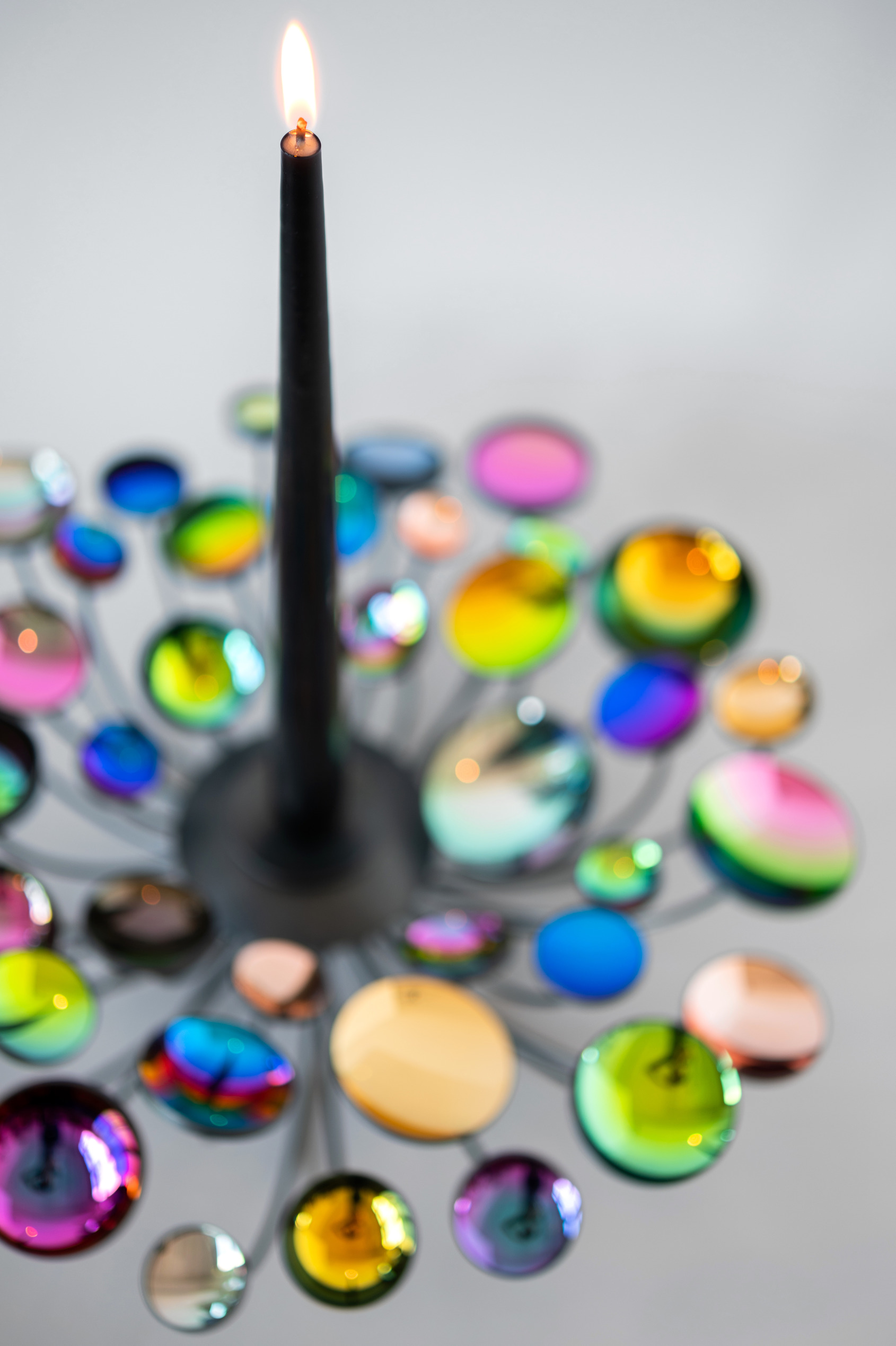
© Jiro Kamata
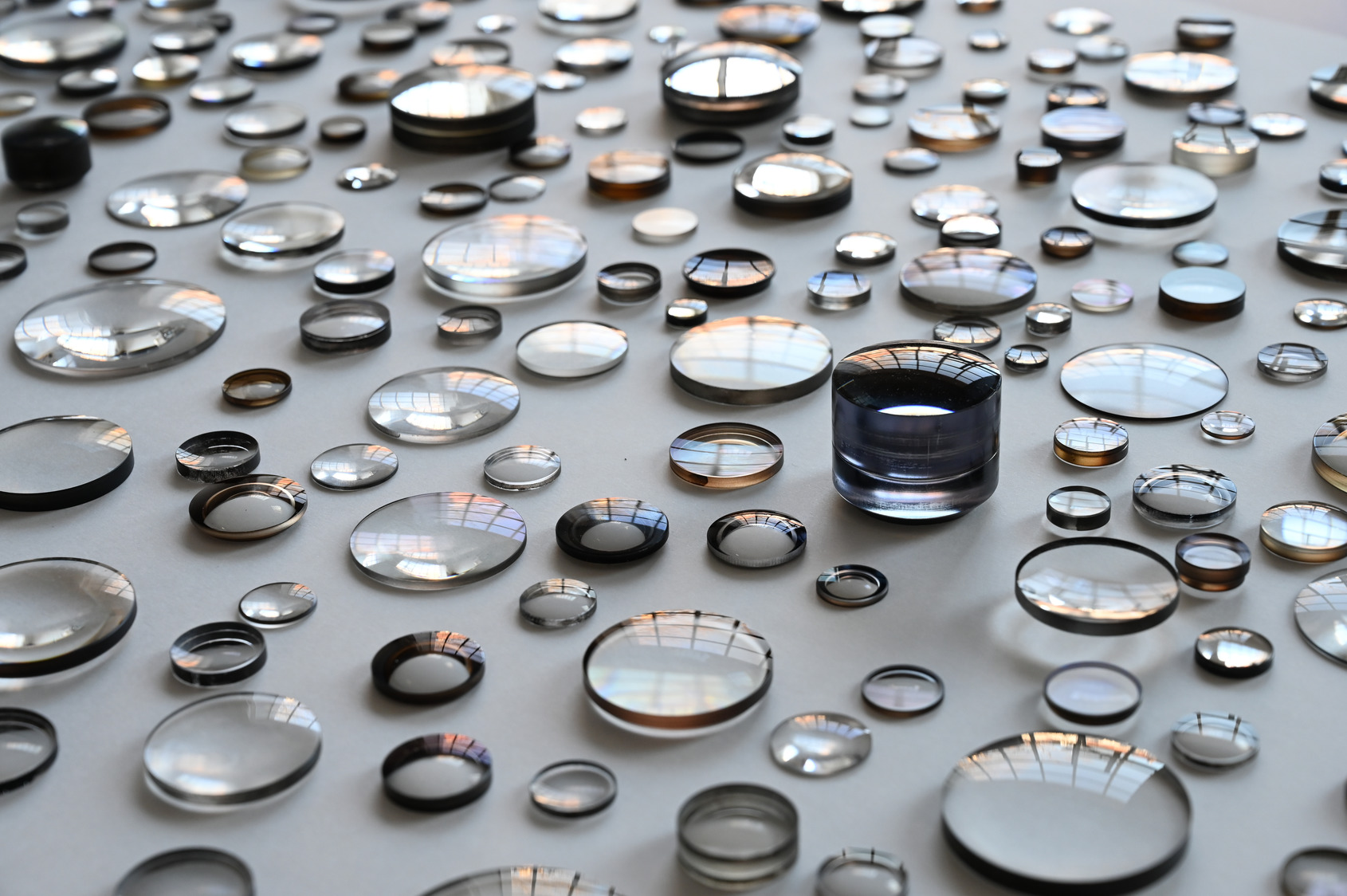
© Jiro Kamata
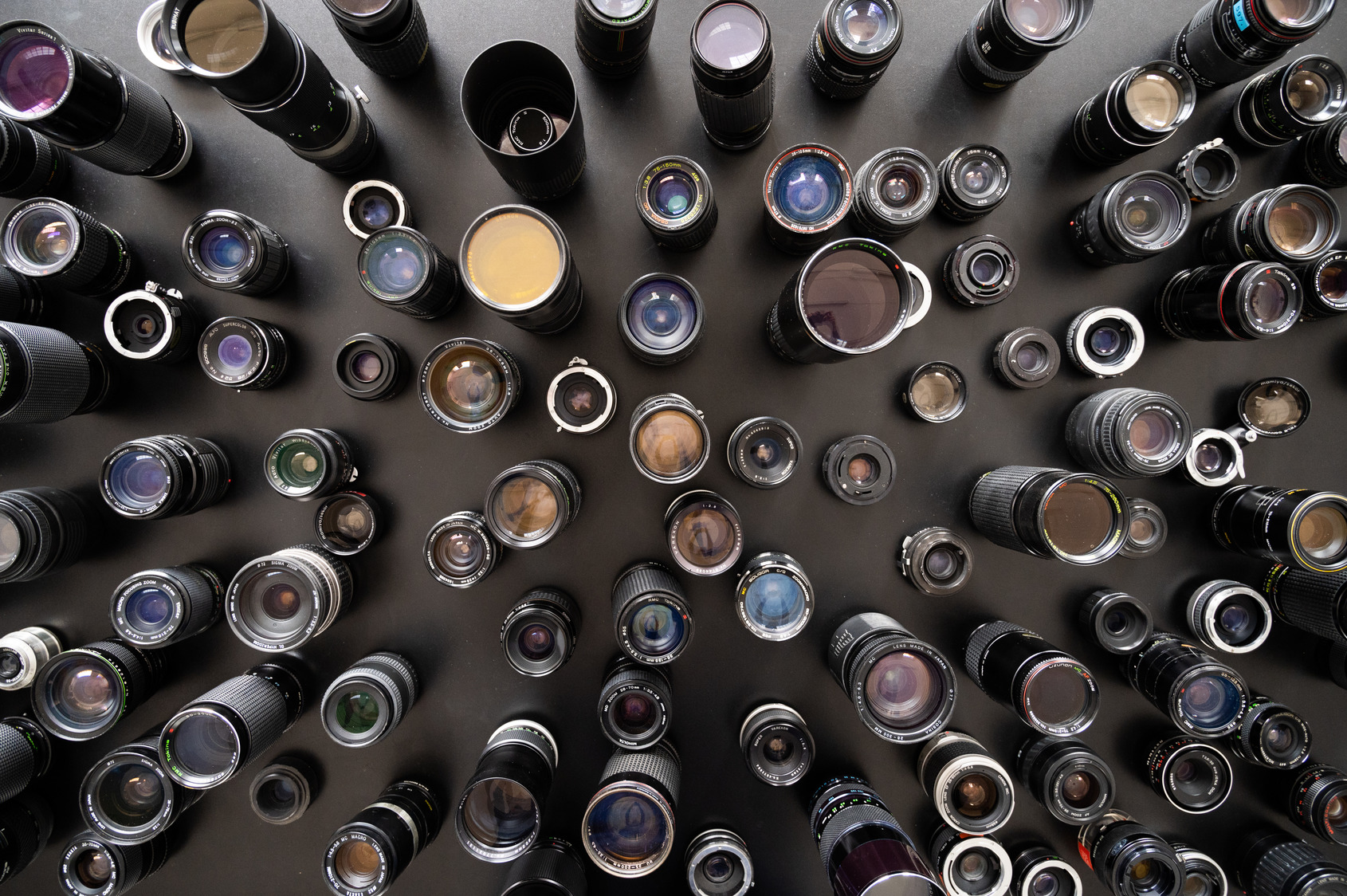
© Jiro Kamata